The Walking Fish
An ambitious amphibian sea-creature wants to venture into the human world. Her dream to evolve into the perfect individual is so strong that she overcomes the physical boundaries of her fish-body and transforms into a human being. But even as a young woman she remains restless. Will she ever be content?
by Thessa Meijer
Japanese
19 Min / India
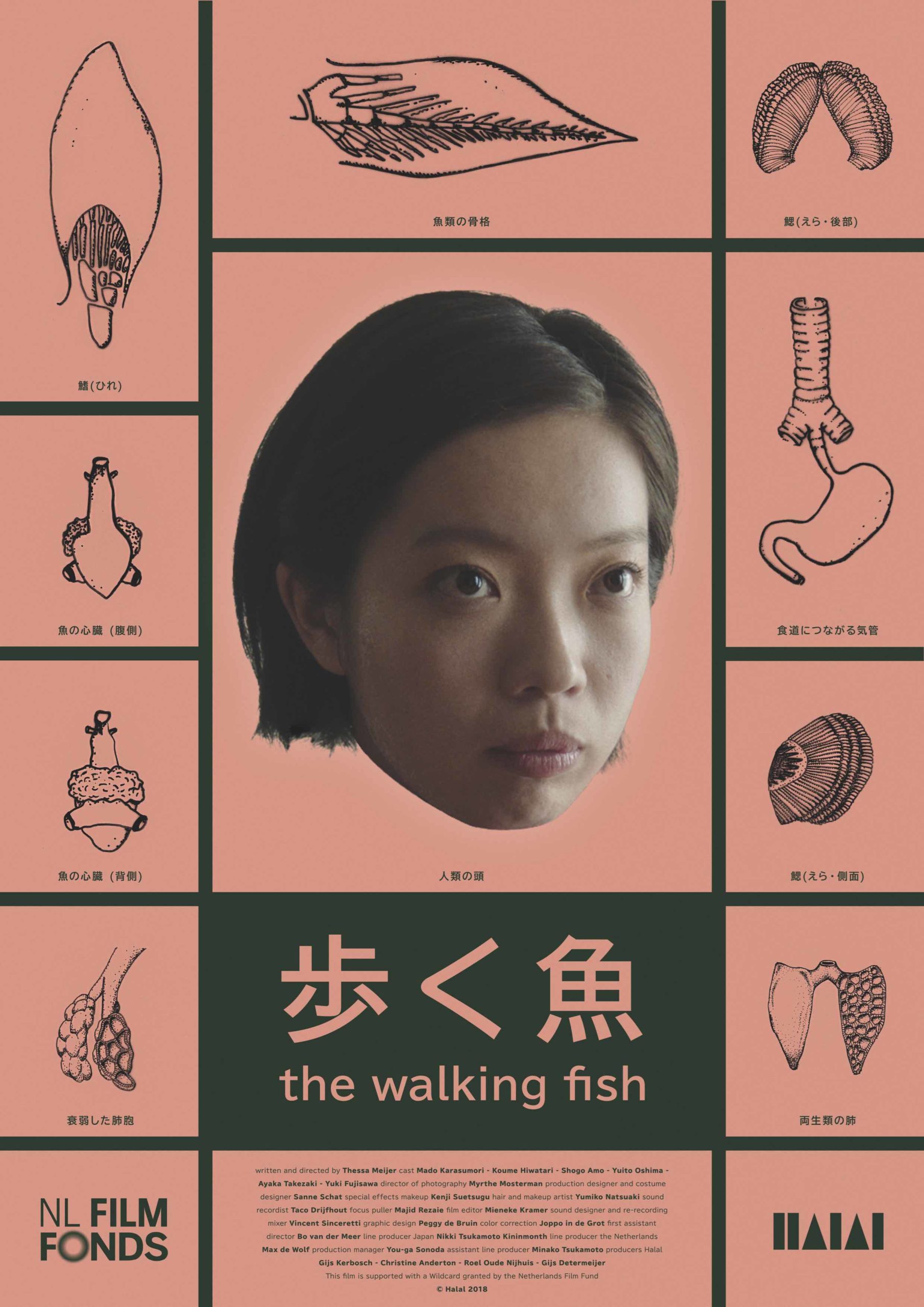 The Walking Fish tells the story of an ambitious sea-creature that pursues her dream to join the human world by becoming a girl.
The Walking Fish tells the story of an ambitious sea-creature that pursues her dream to join the human world by becoming a girl.
When on land, she’s faced with new ambitious pursuits; to become the prettiest, to secure a successful career, to be a dreamy girlfriend. Mutsumi’s story is told by the people who love her for who she is: her semi-brother Yori, her “best friend” Aki and her lover Shogo.
Restless and ambitious, Mutsumi continues to remain discontent. In her pursuit for perfection, she loses sight of the present and ultimately, loses touch with herself.
We spoke to the director Thessa Meijer to understand the process behind making this unique short film:
How did the narrative come about and why Japan?
I won a prize with my graduation film in The Netherlands and with that prize money I could make anything I wanted to. There were no rules. I spoke with the Founder & Head of Fiction at HALAL, Gijs Kerbosch, as I really wanted to work with him and producer Christine Anderton. We teamed up and the rest is history.
The only thing I knew in the beginning was that I wanted to make something quite local, and combine things that are actually there with my own ideas. Combining reality with the surreal.
Whilst researching the region I discovered the “mutsugorou” – a mudskipper. It’s a very peculiar amphibian fish, super odd looking, and they’re actually the ‘mascot’ of Saga. I was really fascinated by this blue-spotted, ancient looking creature. They’re something in-between a fish and a reptile, almost like the missing link in evolution – as if they were halfway through becoming
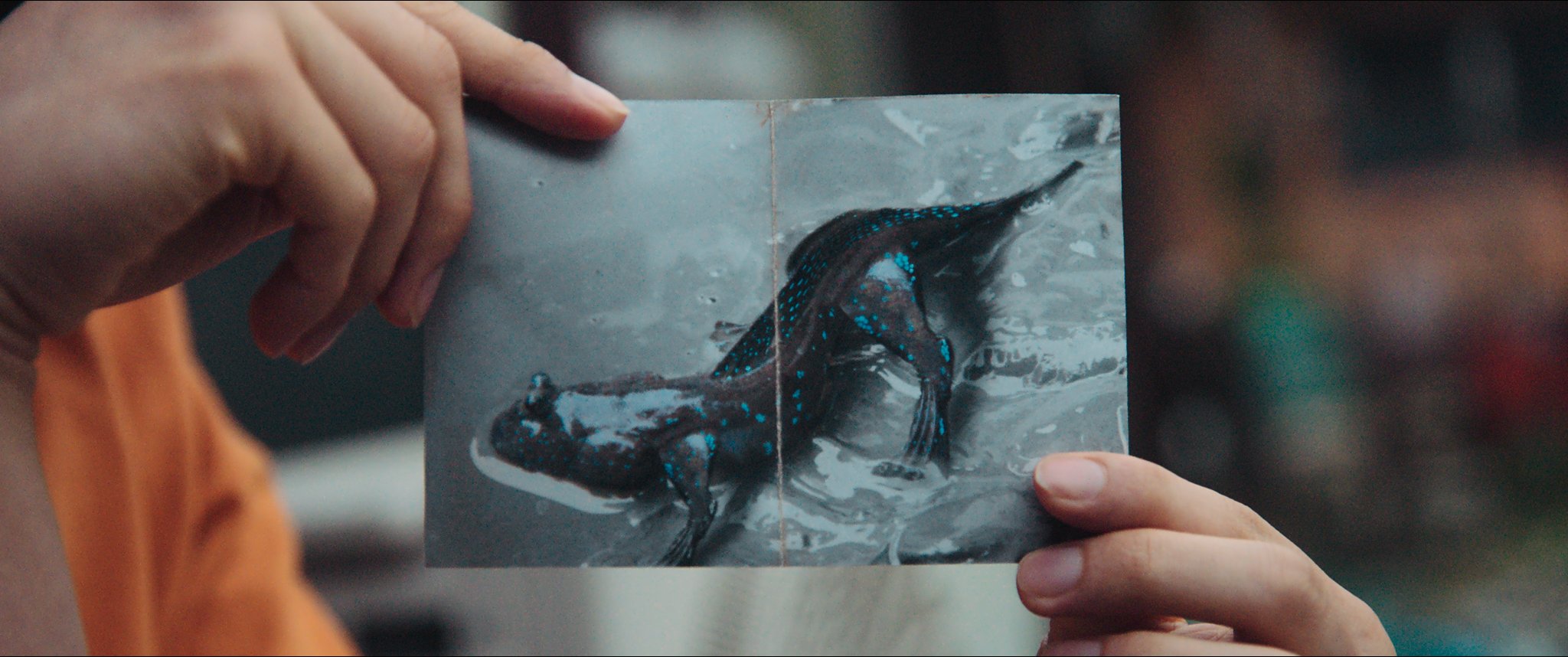 four-legged terrestrials but lost interest along the way and decided to stay as they were; walking fishes. But to me they look like they want to be more than they are.
four-legged terrestrials but lost interest along the way and decided to stay as they were; walking fishes. But to me they look like they want to be more than they are.
That’s how the story of Mutsumi came about, a tale of an ambitious sea-creature that pursues her dream to join the human world. I could identify a bit with the tiny fish that looks like it wants to crawl on land and evolve to become something more. It got me wondering; what if one of the mutsugorous is unsatisfied in its current shape, curious and ambitious to evolve? Maybe one of them decides to progress into a girl?
How did you cast in Japan?
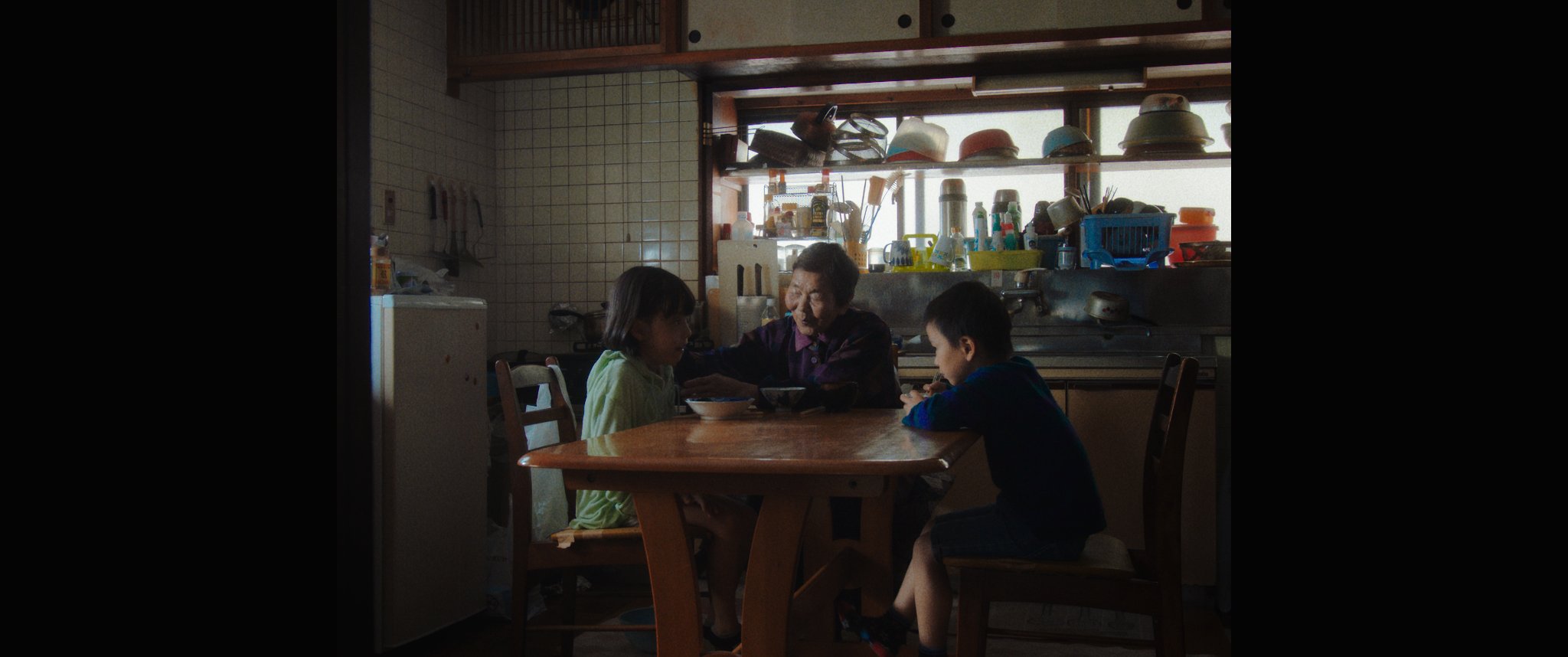
First we started casting for the girl in Saga but if you want to be a professional actor in Japan, it’s best to go to Tokyo. My line producer was from Tokyo and she knew of a platform where she could put up ads to get castings. So we wrote a few scenes and people taped themselves at home. We had a lot of video auditions.
Then there was this one girl, Mado Karasumori, and I immediately knew she had to play the lead.
What were the characteristics that you were attracted to?
The way she was acting … at first we did castings in Saga and a lot of the girls would show up in high heels when they are supposed to play a fish. So I was looking for someone that could forget about being pretty and just dive in, still look gorgeous, but who could be a bit more primal, lose the girly or the human things a bit.
I was also looking for someone with wide set eyes and she actually had listed her wide set eyes as one of her selling points in her bio.
Were they exaggerated with makeup?
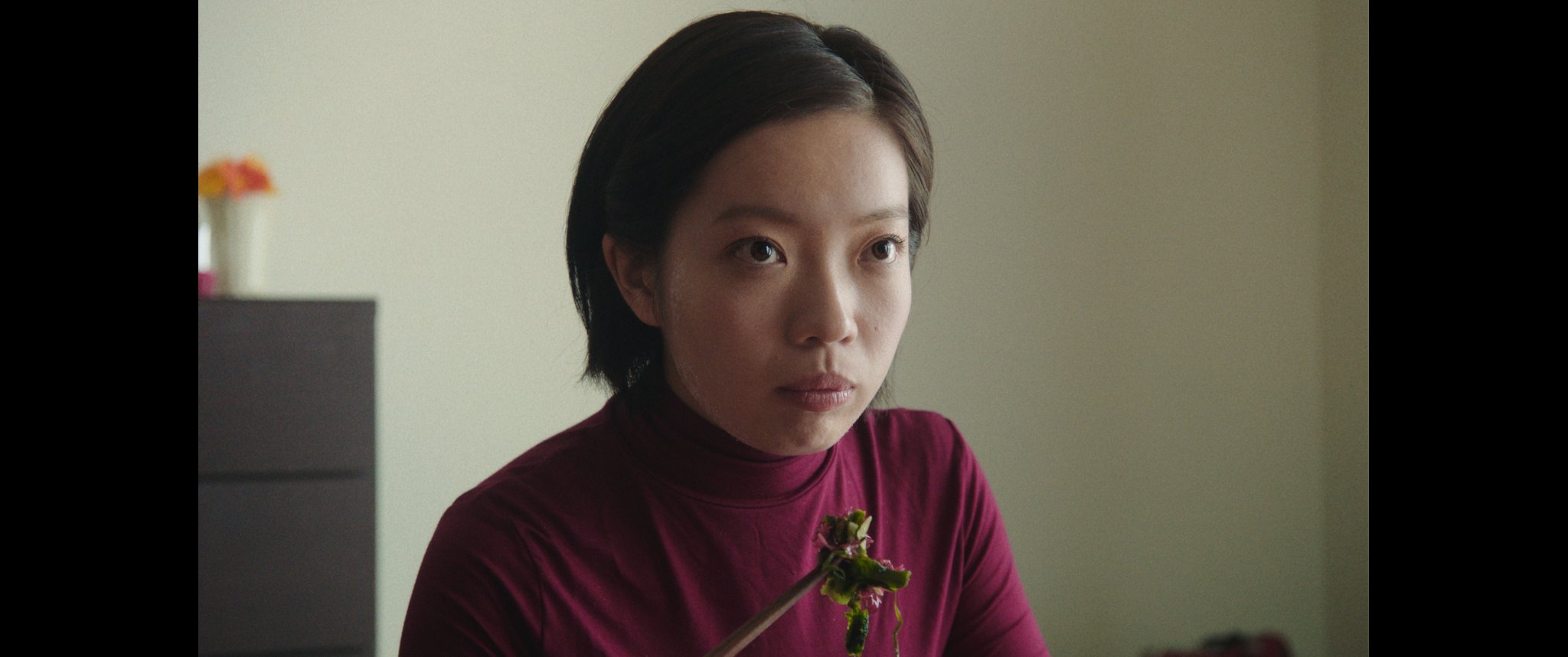 No.
No.
We then had to find a young girl who looked like the adult Mitsumi which was really difficult, we couldn’t go to schools or playgrounds to cast children because of privacy rules.
It was about two weeks before shooting, I was getting desperate so I wrote an email and sent it to all the people we met in Saga. A new girl had started working at the artist residency and she immediately replied saying her niece might be perfect for this. And that was Koume, she was amazing.
With The Walking Fish, did the film end up how you first perceived it?
No, at first the script was about a crowd of people who found a dead body of a young woman, and after an autopsy they would find out that she used to be a fish. A sort of mockumentary style TV-crew would go around town and ask people if they had seen her and what they had thought of her. So that’s how it started, it’s different, although there are some elements that are the same.
The framing and the lighting are stunning, did you storyboard it?
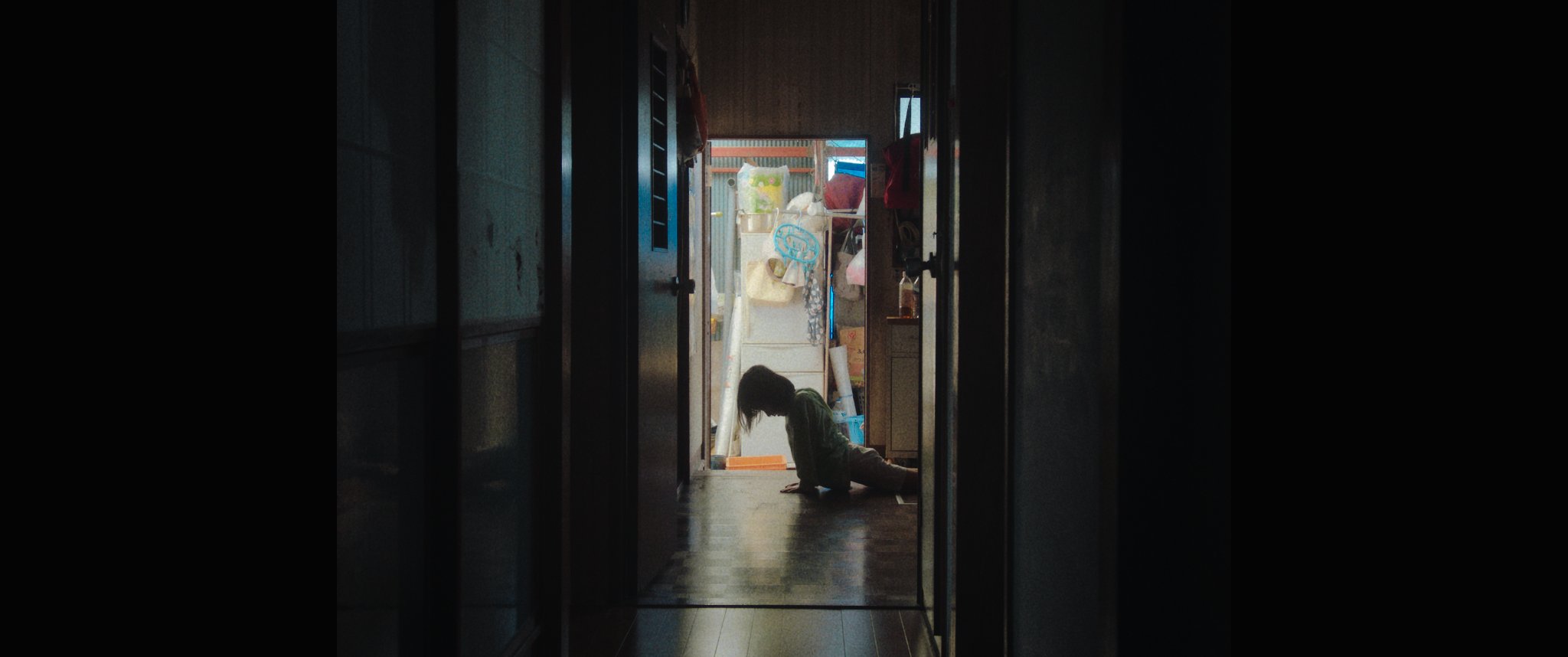 No, not at all. The DOP, Myrthe Mosterman, and I didn’t have much time to prepare together. But this was our fourth film together, so we knew each other well which really helped. We had one Skype call to talk about what kind of shots we’d like to make and then she brought a camera with only one lens, so it’s all shot on one zoom lens. And it was all natural lighting except for we used some LED lights inside, because we couldn’t bring anything else … So the locations were really chosen by the lighting and what was already there, because we couldn’t bring anything with us. She did everything by herself with her assistant. Myrthe was also very pregnant whilst shooting the film. She’s a real rockstar!
No, not at all. The DOP, Myrthe Mosterman, and I didn’t have much time to prepare together. But this was our fourth film together, so we knew each other well which really helped. We had one Skype call to talk about what kind of shots we’d like to make and then she brought a camera with only one lens, so it’s all shot on one zoom lens. And it was all natural lighting except for we used some LED lights inside, because we couldn’t bring anything else … So the locations were really chosen by the lighting and what was already there, because we couldn’t bring anything with us. She did everything by herself with her assistant. Myrthe was also very pregnant whilst shooting the film. She’s a real rockstar!
So you had to work out what time of day to shoot…
Yeah exactly. That was also a bit complicated because of the time differences, to communicate with HALAL and the Dutch crew, and because the project was funded by the government, we had to do everything really strictly by all the rules. Because as the government you can’t break your own rules, of course.
So for every location we had to know in advance where the camera would be at what time, where the actors would be, what all the camera angles would be. We had to plan this all out in order to get the official permissions we needed. Since most of the crew members were not in Saga yet and hadn’t seen the locations, it was quite a challenge to make the right choices.
Tell us more about your background. How did you want to become a director?
[caption id="attachment_1199" align="alignleft" width="387"]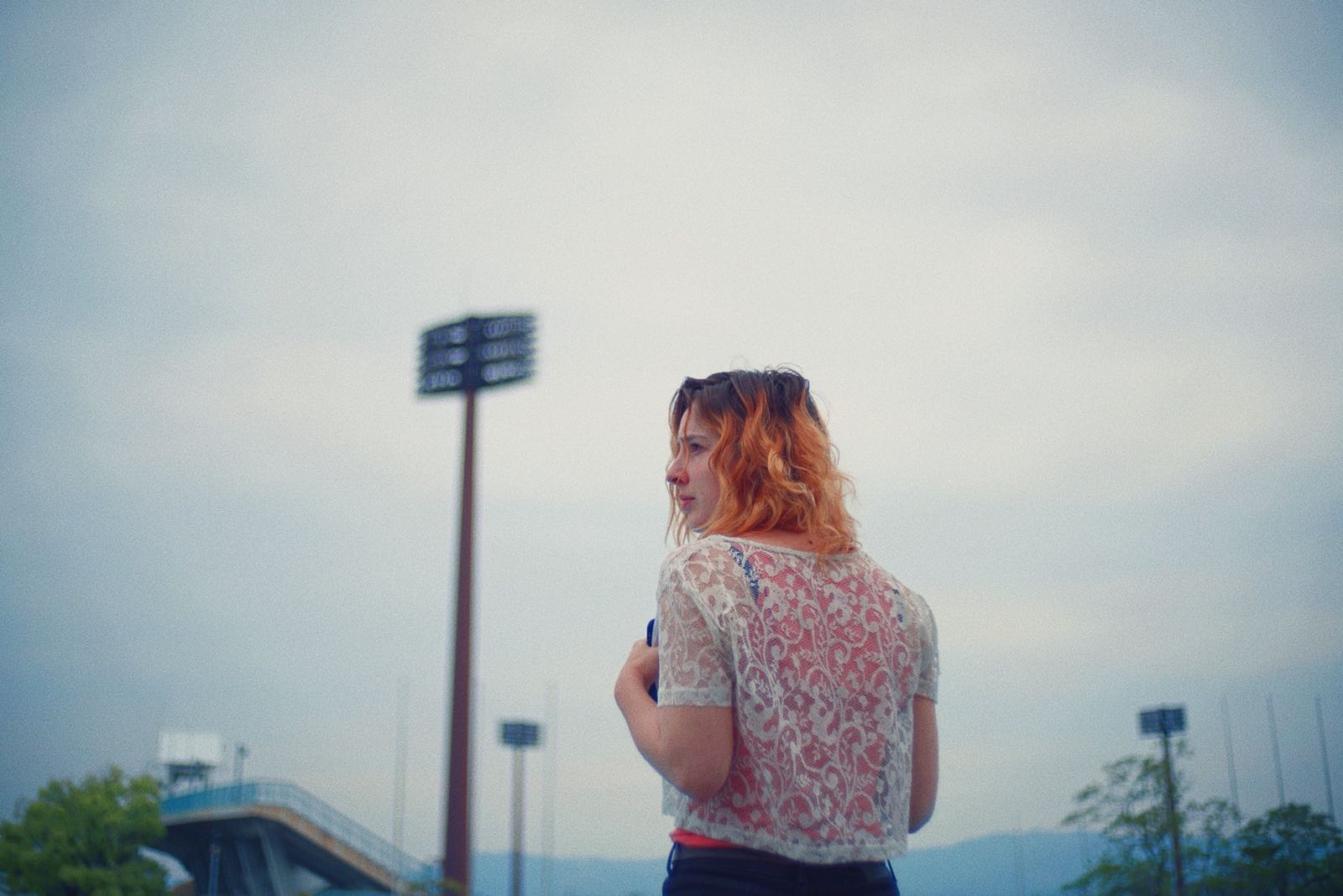 The Director - Thessa Meijer[/caption]
The Director - Thessa Meijer[/caption]
When I was a kid, I won a video camera in an online competition, so, it was completely accidental that I started filming. But I liked it a lot. I began to experiment with editing, stop-motion and other visual trickery. I remember I made a tripod out of fruit baskets and made two stop-motion animated films about Billy Banana - a banana who gives stripteases and finally breaks into two halves in order to eat himself.
When I was 15 or 16, I made my first short about a trippy morning ritual – there was a cheese sandwich coming out of my mouth and a cup of tea made with a goldfish on a string instead of a tea bag (no animals were hurt during the production!). I accidentally stumbled upon filmmaking as a profession when I joined a friend to an open day of the Dutch Film Academy, but the courses were too specific for me so I didn’t think about applying there. Maybe also because I was never really a film geek, I mostly watched romantic comedies and musicals, and accidentally a horror, thriller or a David Lynch movie. I still haven’t seen some of the biggest classics...
I never really thought of becoming a director until I actually tried it at art school. I think what really drew me to directing was the opportunity to explore the unknown and change reality; to take something from the real world and give it my own twist.
The Walking Fish was selected by an independent committee of Dutch film professionals to be given a qualifying run in the USA to be eligible for submission for the 2020 Academy Awards in the Short Film categories. The film has vowed juries globally and brought home multiple awards, including the Special Jury Prize at YDA in Cannes 2019 in addition to Gold in the Short Film category, the esteemed Grand Prix at Ciclope 2019 and the Gold Medal for ‘Brilliant Filmmaking’ at the 1.4 Awards to mention some.





